Summary Airport Rating ***** Reception of locals ***** Cost: ££
From colony to Kenya When you think of any country's largest city, chances are the city has a rich, ancient history. Have a go, and think about any country, then think about the largest city....it's probably been around in some form for a few hundred years at least, right? Not Nairobi. A century ago, Nairobi was a small settlement built around a train station, about the size of a decent sized English village. You could fit all of the town's residents in Wembley Stadium, and the stadium would only be a quarter full. But since those humble, and relatively recent origins, Nairobi has been one of the fastest growing cities in Africa, and today is a large metropolis of almost 5 million citizens. But that's not to say the city doesnt have any stories to tell. In the middle of the 20th century, growth of the city onto traditional Kikuyu lands was one of the (many) reasons for the Mau Mau Uprising. This anti-colonial movement was short but very sharp - resulting in the deaths of tens of thousands of people, but also playing an important role in Kenya's liberation as an indepedent nation from the British Empire in 1963. The Nairobi that I visited was a large, modern - if somewhat chaotic - city. A multi-ethnic city that has all the comforts of a modern western European City. But as you'll read, it's also a city of inequality - home to some of the most expensive real-estate in East Africa, but also the largest slum in the entire continent. A gridlocked city Despite being close to the equator, Nairobi is a relatively temperate city because it's built on an elevation. This means it's much less humid than other countries at a similar latitude. It also means that walking up hills, stairs or going for a light jog can be more exhausting than doing the same activity elsewhere. It's why Kenyan athletes are such good long distance runners, as their bodies have adopted to being more efficient at carrying oxygen. I definitely felt it the difference. But just because the temperature is cooler, doesnt mean it actually feels cooler. In fact, the middle of the city can get uncomfortably hot and there's one obvious reason - the traffic. I've honestly never experienced traffic as bad as that in Nairobi. It was bad in Rio, bad in Lagos and fairly bad across Thailand - but this was something else. Traffic snakes around the city for miles and I spent a significant amount of time just in stationary cars. During rush 'hour' (which is basically most of the day), traffic is at a standstill. at its worst, a 5km journey took just over 2 hours. On the way back in the evening, the same journey took just 12 minutes. And you're not sitting there comfortably. Keep the windows up, and it gets hot and stuffy - roll them down and you get covered in toxic fumes from the vehicles clogging the streets all around you. The strangest thing, for me, was the weird traffic management system. While junctions have traffic lights and roundabouts, these are all ignored as traffic police direct the flow of traffic and it's done in a way different to anything I've experienced before. Usually traffic is allowed to flow from one direction for a short period of time, before stopping for several minutes and starting again. This keeps everything moving, albeit slowly. In Nairobi, on some of the largest highways, traffic flows in one direction for a fair amount of time, and is then completely stopped for half an hour or more. This meant, that on many journeys, I found myself sitting in a stationary car not moving a single inch for 30 minutes at a time - and then everyone races to get past the junction to ensure they don't spend another 30 minutes near the front of the queue. Traffic is more orderly than some of the traffic I experienced in Asia, but cars and bikes will still swerve in and out of junctions with little or no regard to those around them which can lead to some chaotic scenes - but it all works. As a pedestrian, you just have to be brave and walk with a purpose when crossing the road, confident that cars will find a way to avoid you. Modern Nairobi Nairobi is an East African hub for media, culture, sport, entertainment and is a regional economic power. The city has a fairly young demographic and all of this combined means there's no shortage of places to kick back and relax. In colonial times, areas around Karen were where white Europeans resided, and the area is still among the most exclusive parts of the city with hipster like coffee places, bars and restaurants. But there's plenty of these closer to the city centre as well. I went to a few places that are popular with expats; CJ's, Bao Box, J's, and the Alchemist. All of these wouldn't have felt out of place in London or New York. The latter two were outdoor bars, with live entertainment, highly rated food, and a very cool vibe while Bao Box is a rooftop restaurant and bar with views across the city. Perhaps the thing I enjoyed the most was my first yoga lesson. I've been wanting to take a lesson for years, my flexibility is awful! A colleague of mine takes his yoga very seriously and wanted to take the chance to do a lesson in Kenya so we attended something called the Africa Yoga Project, which trains wellbeing leaders in Africa. It wasn't easy to find - particularly as we didnt have a local number, so were relying on wi-fi for our Google maps. We went to two wrong buildings and then a few wrong floors before ending up in the right location. The class we attended was relatively small, there were about 8 of us - which was good for me - because I struggled my way through it. It was cheap too, it has a suggested price of less than £10, which I was happy to pay. It was a tough class, but I really enjoyed myself and I hope it's something I'll do on a more regular basis back home. Safari in the city It's when you view Nairobi from a height that you realise just how green this city is. It might be the greenest capital city I have ever seen. It has a few large parks, but the most impressive is the Nairobi National Park. The park is just 4 miles south of the city centre, and the park is separated from the city by electric fences. The size of the park, for national parks, is relatively small at 45 square miles, but it definitely packs a punch for its size. The park has everything from lions and giraffes, to hippos and crocodiles - it's a safari in the city. It's not cheap, a roundtrip including car hire and entrance tickets cost around £100 but it was definitely worth it. I went during a storm, although it cleared by the time we entered the park itself. It was a 5am wake up, to ensure we were ready by the gates at 6:30am when the park opened. Most of the larger animals tend to rest during the day, and are most active and dawn and dusk. As soon as we got in the first thing we saw were a small pack of hyneas - first one, and then a couple of others. Our car had a roof that you could lift, giving you an unobstructed view around the car. A short drive down the path and we were next to a pond where we saw a group of hippos, although they were partially submerged. After this quick start, things slowed down. We got very close to some beautiful gazelles but most of the other animals we saw from afar. The best of the bunch were some rhinos which I had to see through binoculars, but it was amazing to see them in real life. We were heading towards the lions when our trip came to a temporary standstill. The storm overnight had created treacherous conditions, and a 4x4 infront of us was completely stuck in the ground. While the drivers worked to free the car, me and my colleague took the time to walk around outside. It was weird knowing we were outdoors in the middle of a national park with deadly predators nearby. It took about half an hour, and some trial and error, before the car was finally freed - but the conditions meant we had to turn around and so didnt get a chance to see lions. However, on the way back we saw some crocodiles basking in the sun, as well as warthogs, monkeys, buffalos and some freaky looking birds. We spent around 4 hours in the park, which I thought was plenty. The storms meant some of the larger animals had gone AWOL, so we didnt get to see giraffes or elephants, but the next stop more than made up for it. Elephants and Giraffes The David Sheldrick Wildlife Trust is one of the most highly regarded conservation projects in the world, and the Nairobi elephant orphanage is world famous, the subject of a number of books. Established in 1977, the orphange has successfuly hand-reared over 200 orphaned elephants, and reintegrated over 100 back into the wild. Some of these elephants have lost their parents to poaching and suffer from psychological problems, while others have very obvious physical deformaties. The orphange is only open to the public for one hour, from 11:00-12:oo to limit the impact of human interactions on the elephants. There was queue by the time we reached the entrance, but we managed to make our way to the front and get a good position. The elephants come out in two groups - the younger baby elephants for the first 30 minutes, and the adolescents for the second 30 minutes.. They run to their handlers who feed them bottles of milk and the elephants freely walk toward people. One ended up standing right infront of me, giving me a chance to stroke it - and I realised elephants have some thick skin! It was great watching the elephants playing and enjoying themselves. The baby elephants were straight up cute, and they all seemed to have different personalities. It's a great project - just remember to bring cash. We forgot, but luckily a group of Americans in front of us took pity and paid the cash for our entrance. We continued our day of nature with a visit to the giraffe centre. While the elephant orphanage backs onto the national park, the giraffe centre is a very short drive away. This was probably my favourite part of the day. It costs about a tenner to go in, but with that you get a small bowl of food to feed the giraffes. We went into a hut with a couple of levels, the top floor of which was exactly giraffe head height. I ended up feeding a giraffe called Daisy, who hates human babies, and loves to headbutt people. I got to see a softer side. You put some of the feed into your hands and the giraffe comes and takes it. The tongue is ridiculously sticky, and within a few minutes, my hand was soaked with its sticky saliva but honestly, it's the closest I've ever got to an animal so big and it was an amazing experience. We ended up staying about 30-40 minutes. The other side of Nairobi Nairobi isn't all cute animals, and hipster cafes. This is still a developing country, and as a developing country there is a portion of the population that lives well, and a large portion that lives desperately poor lives. And Nairobi is home to the biggest slum in Africa - Kibera. Kibera began as a way of segregating the native population from the European elites, and was initially made up of Sudanese soliders who were allocated land just outside the city. Since then, the slum has grown rapidly, with estimates of the population anywhere between a quarter of a million and 2 million residents. Crime in the slum is high, rape is common and HIV infections are much higher than the rest of the city. Most of the residents live on less than 75p a day. We were taken into the slum by a local deputy pastor and he descibed the slum as the first stop for rural Kenyans moving into the city. Currently, the Luo are the biggest tribe represented in Kibera. As soon as we entered we were hit by the smell of stagnant water and open sewage. Houses were mostly just huts, or small walls with metal sheets for roofs. Everyone stared at us as soon as we entered - this wasnt a place for outsiders. Little kids ran over to my colleagues shouting "Mzungu" which means white person - and even some adults were shouting it. The reason I was in Nairobi was to build something that can alleviate poverty - and seeing poverty at such scale first hand was such a strong reminder for the purpose of my visit. The deeper we got into the slum, the stranger it got. Chickens were running around the open sewers, drinking the dirty water, then eating vegetables that some vendors were selling. Little alleyways, no wider than the breadth of a single peron radiated out of the main path - which itself was rocky, muddy, sandy and wet. Every so often the smell of raw sweage would be overawed by the taste of barbequed meat. Kibera is actually a collection of villages that has grown into one sprawl. In many ways it was similar to Rocinha, the favella that I visited in Rio de Janeiro. It certainly had the scale, the smells and the narrow passageways. But in other ways it was different. Kibera seemed poorer - unlike Rocinha there weren't any cars on the road - there weren't even any paved roads. It's an experience that will stay with me for a long time. It reinforced my desire to help the most vulnerable, and contextualised all my problems. I'm from below the poverty line myself, but the poverty line looks very different in Kenya than it does in England - and while education and hard work was my out - it seems very difficult to see where the out in Kibera is. How expensive is Nairobi? It can be as cheap as you want it to be. There are expensive places, and these are usually where the expats hangout, but stay away from these and prices are alot more reasonable. Travelling the round of the city is really cheap. Uber is everywhere and they even have 'boda' - a motorcycle taxi. I used one to take me to J's and loved it. It was a 40 minute journey from my hotel but only cost the equivalent of around £5. It was a fun journey too, although scary at times. At one point, as I as weaving in between cars and lorries, I ended up kicking the bumper of a car next to me. Also, turning right across highways is pretty fightening when you're on a small motorbike and there are giant lorries tumbling toward you. That being said, it's not so reliable. Every driver would ask me directions to my destination, and on the way to the Africa Yoga Project, our driver was going in completely the wrong direction. Turns out they turn the data off, and rely on the passengers to direct them. While Uber is everywhere, public transport is really poor and that's one of the reasons why there's so much traffic. The buses are cheap and colourful (usually painted with English football teams), but I'm told incredibly unreliable. However, I found no such issues in the airport. I flew in on time with British Airways, and I left only slightly delayed for Nigeria with Kenyan Airways. Other than the issues at the elephant orphange I also didnt have to use cash at all. I'm not a big fan of using cash anyway, so to be in a place where cards are accepted pretty much everywhere felt nice and easy. Is Nairobi safe for Sikhs? Absolutely. In fact, Kenya has a small but vibrant Sikh community. I visited the oldest and one of the largest Gurdwaras in Nairobi, the Singh Sabha Gurdwara - although I'm told there are larger ones in the city. Built in the 1950s it's one of the most spectacular Gurdwareh I have ever visited. Its domed inside reminded me of the Gurdwara in Dubai, and one in Gravesend, England. It's located in the Central Business District, one of the craziest places in the whole city. Outside there are market stalls, a bus station, and it's teeming with people. It's not the safest part of the city. But as soon as you open the doors, the noise and bustle stops, and its just peaceful. I spent about 30 minutes in the Gurdwara and spoke for sometime to the resident Granthi Singh, who told me about the history of the Gurdwara as well as letting me hotspot his wi-fi so I could get an Uber back. Given the proximity to Somalia and the threat of Al-Shabab, security across the city is very tight. Almost every public building has airport style security - even shopping centres. It can get tiresome after a while, but I understand why it's there. I definitely went through more metal scanners in my one week in Nairobi than I probably have during the rest of my life. Even the roads have weird security quirks. At night, cameras take photos of random cars, flashing brightly in your face every so many metres. It's honestly a massive distraction, and has surely led to many crashes. It's physically painful when it happens, and I resorted to covering my eyes. That's not to say it's completely safe. It suffers from the same issues with pickpocketing and robbery that all large cities have. But I found the people in Kenya to be welcoming, friendly, softly spoken and very humble. I really did love the people. And I loved the city too. It has something for everyone. The temperate climate, the greenery and hustle and bustle made me absolutely fall in love with the city. I hated the traffic, and the wealth disparity is a constant reminder where this nation is coming from - but it's a city with an incredibly bright future, populated by an amazing people. Comments are closed.
|
AuthorBritish Sikh, born in the Midlands, based in London, travelling the world seeing new cultures. Categories
All
|
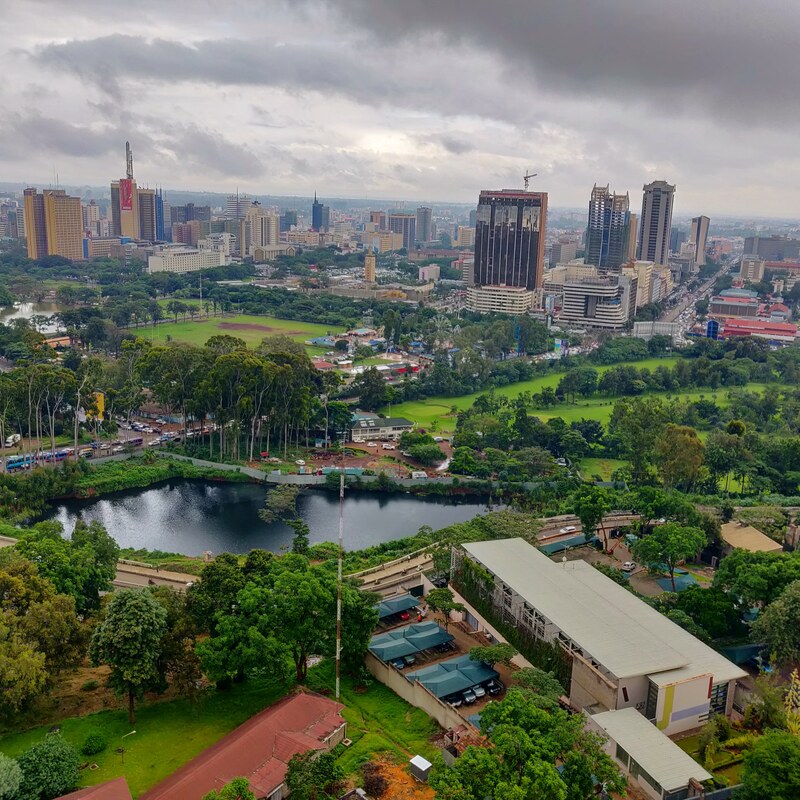
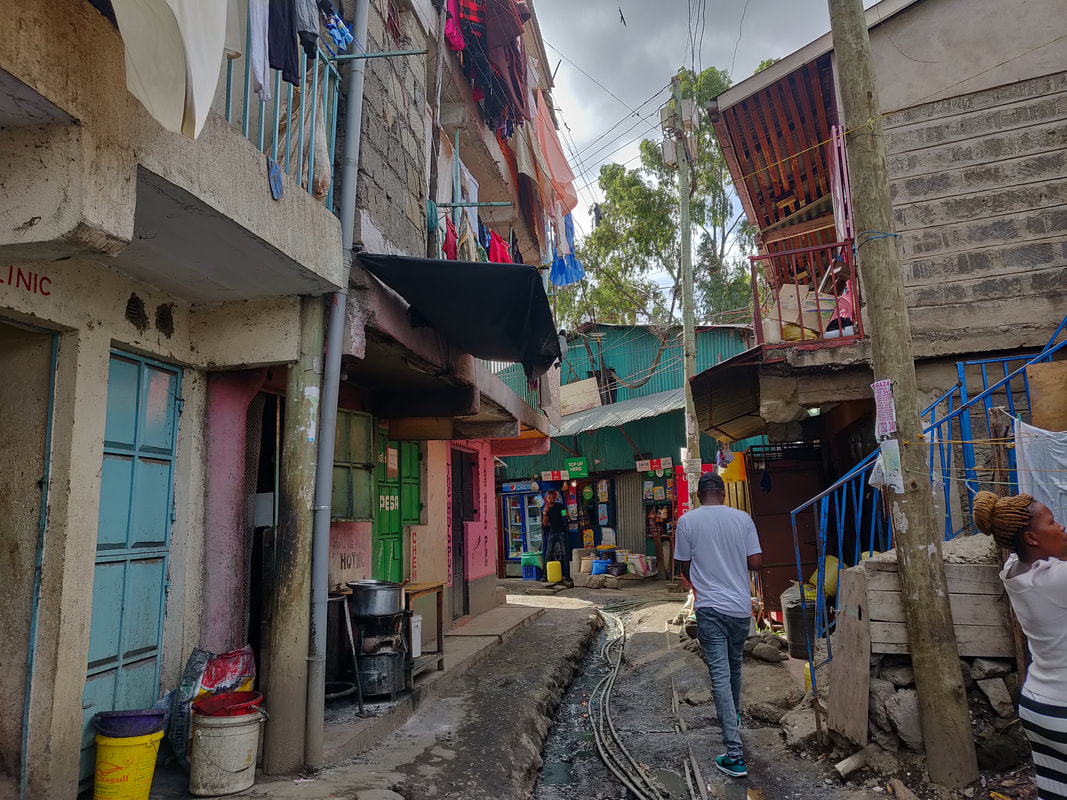
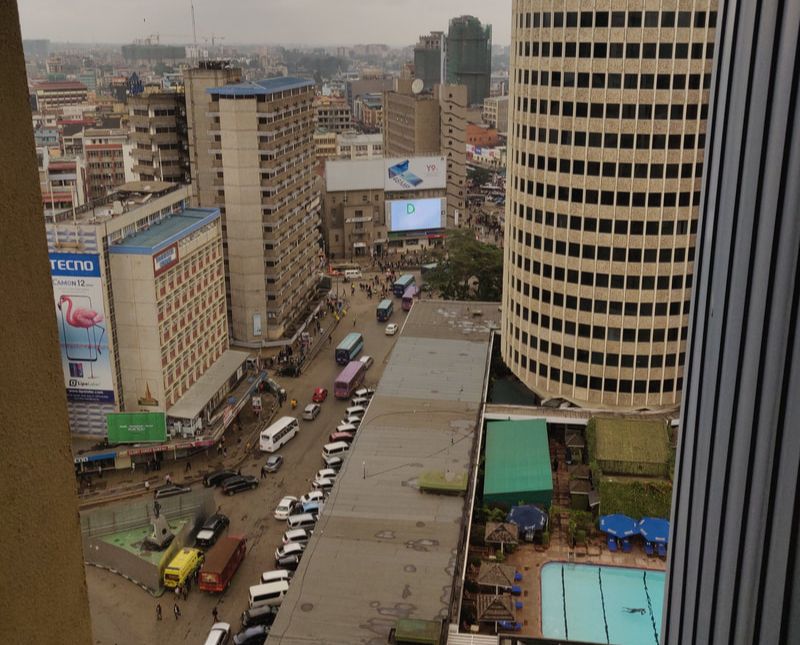
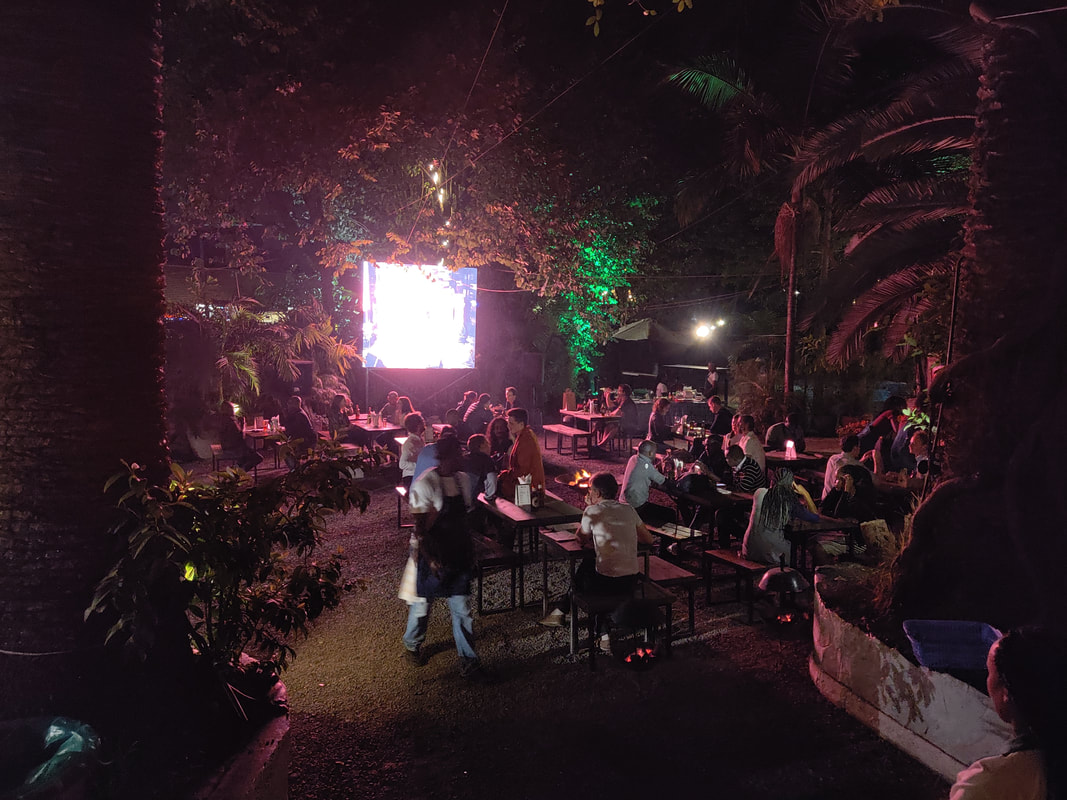
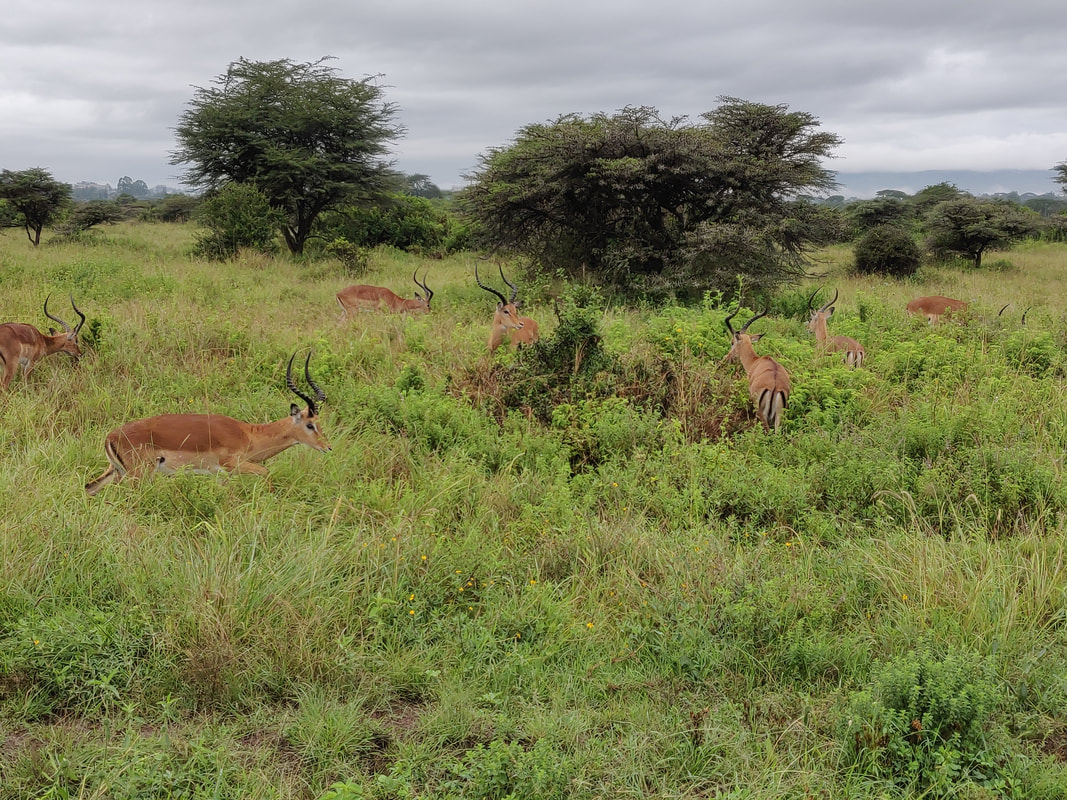
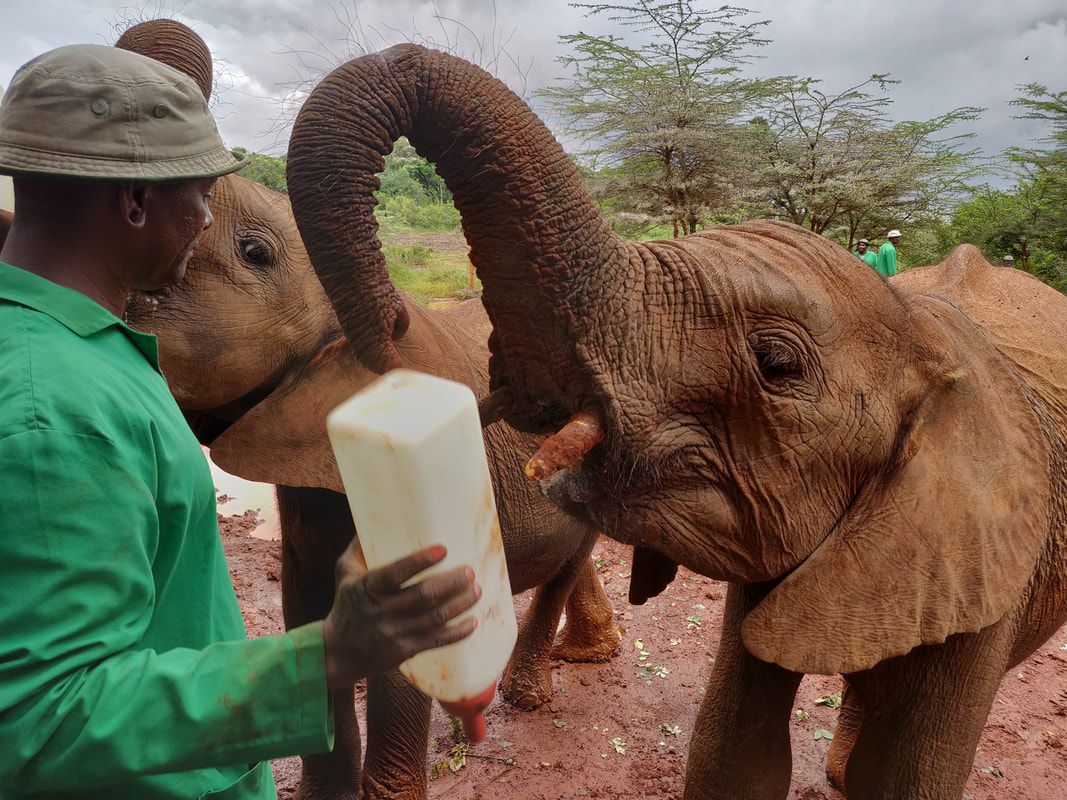
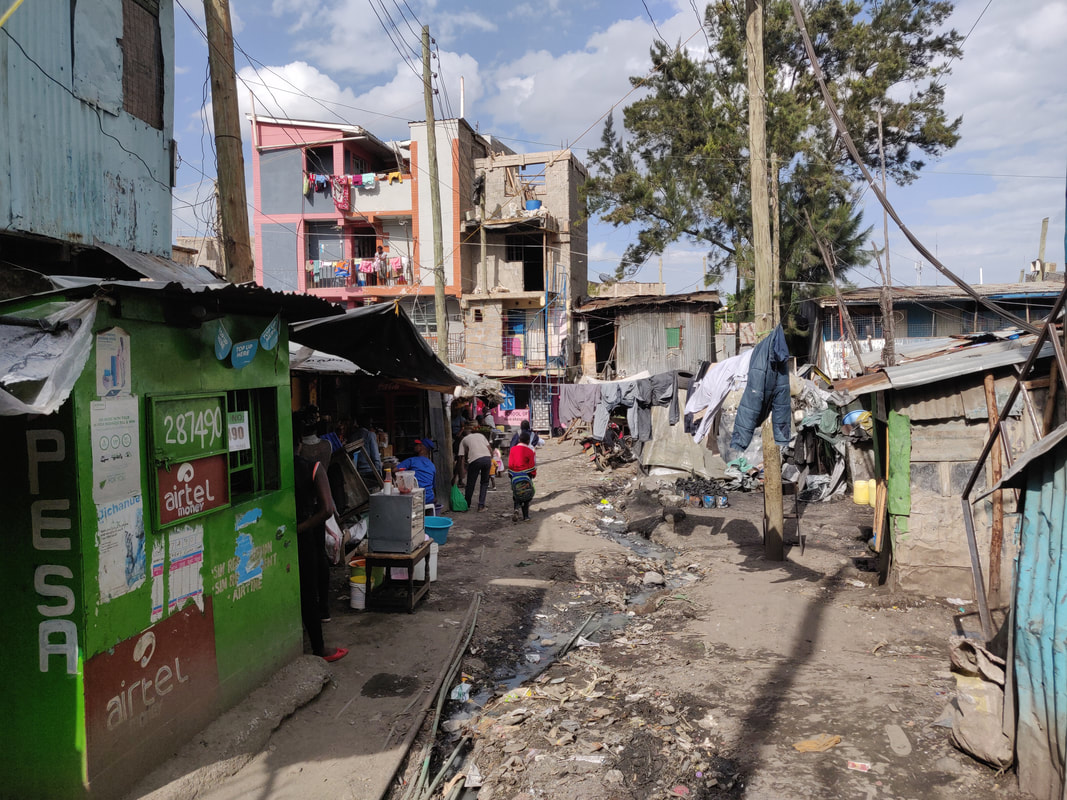
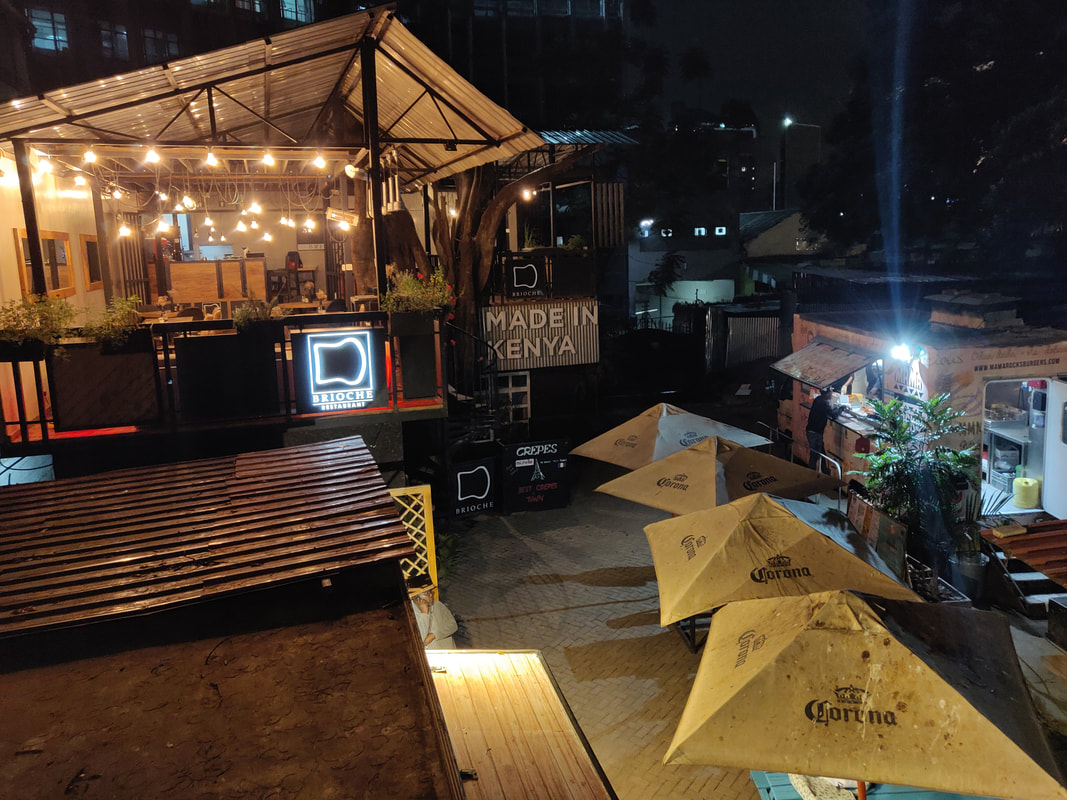
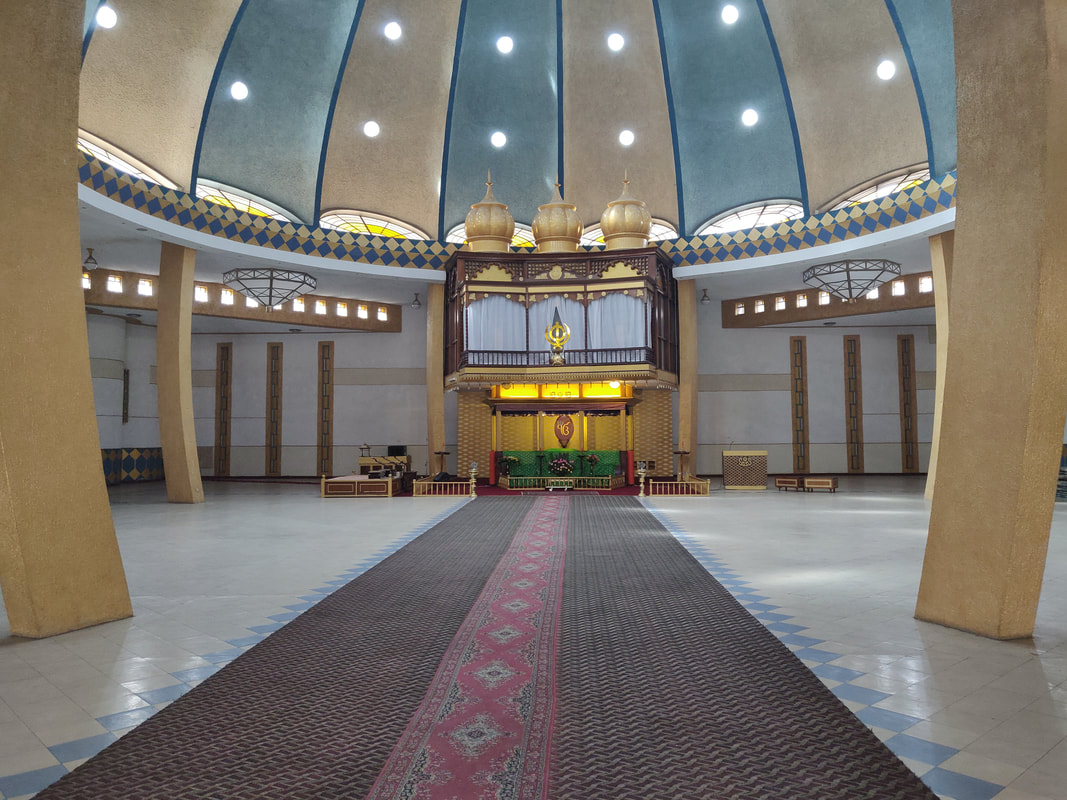
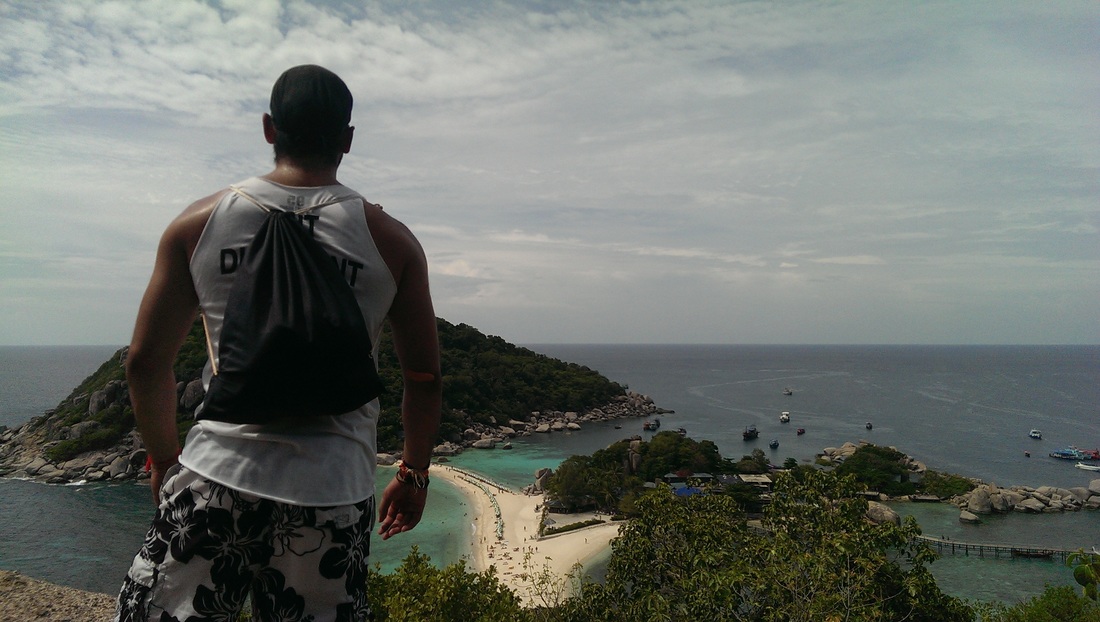
 RSS Feed
RSS Feed